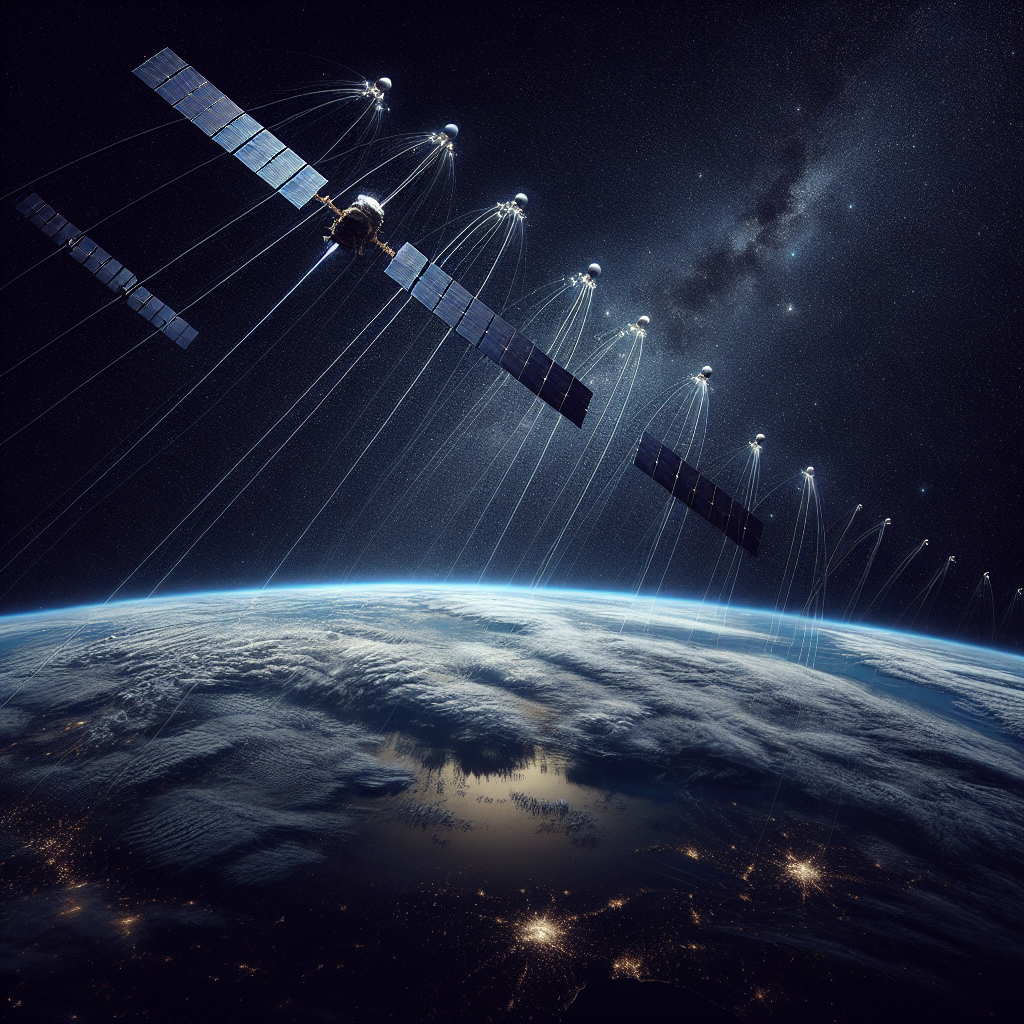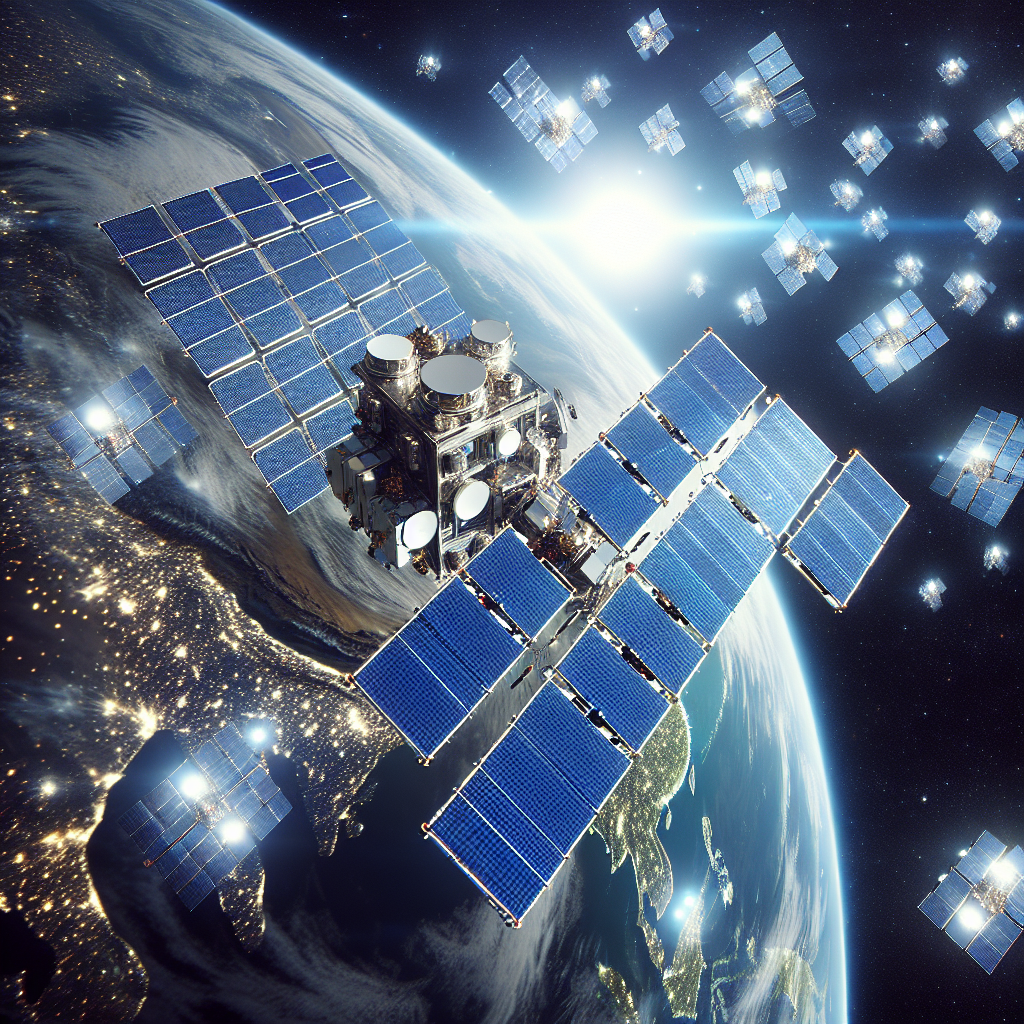The Rise of Starlink: Internet Innovation
The internet landscape is undergoing a seismic shift.
At the forefront of this revolution is Starlink, a satellite internet service by SpaceX.
This innovative venture aims to provide high-speed, low-latency internet to remote and underserved areas.
In this article, we delve into the rise of Starlink, its unique approach to connectivity, and how it addresses common issues such as being connected but without internet.
Starlink’s Ambitious Vision
Starlink is not just another internet service provider.
It’s a bold vision by SpaceX and Elon Musk to revolutionize global connectivity.
The plan involves deploying thousands of small satellites into low Earth orbit (LEO).
These satellites, working in tandem with ground transceivers, aim to provide high-speed internet access to every corner of the globe.
How Starlink is Revolutionizing Connectivity
Starlink’s approach to internet connectivity is innovative.
It uses a large constellation of satellites to improve coverage and reliability.
This method reduces the distance data has to travel, thereby reducing latency.
Users have reported speeds between 50 Mbps to 150 Mbps during the “Better Than Nothing Beta” testing phase.
This performance, combined with the potential for global coverage, positions Starlink as a game-changer in the internet service industry.
Overcoming Connectivity Challenges
Starlink’s mission is not without hurdles.
Regulatory issues and concerns about space debris are among the challenges faced.
Yet, the company is actively working on solutions.
- SpaceX is deploying sunshades to reduce satellite visibility and brightness.
- The company has received FCC approval to deploy up to 1 million ground stations in the US.
- Regular launches are conducted to increase capacity and coverage, addressing concerns about space debris.
These efforts underscore Starlink’s commitment to overcoming obstacles in its path.
Addressing the ‘Connected but No Internet’ Dilemma
Starlink users may occasionally face connectivity issues.
One common problem is the ‘connected but no internet’ scenario.
This can be due to several factors, including satellite alignment, obstruction, or system updates.
Starlink is actively working on solutions for these issues.
Software updates and improved customer support are among the measures being taken to ensure reliable connectivity.
The Future Trajectory of Starlink Internet
Starlink’s future is promising and expansive.
The company plans to launch up to 42,000 satellites to improve coverage and capacity.
The service is expected to be fully mobile, allowing users to access the internet from anywhere on the planet.
Starlink’s potential to disrupt the traditional ISP market is significant, offering an alternative to cable and fiber-optic services.












![Accounting Course in Delhi, 110047, [GST Update 2024]](https://free-ads.marketing2advertising.com/wp-content/uploads/2024/07/Accounting-Course-in-Delhi-1-300x224.png)


